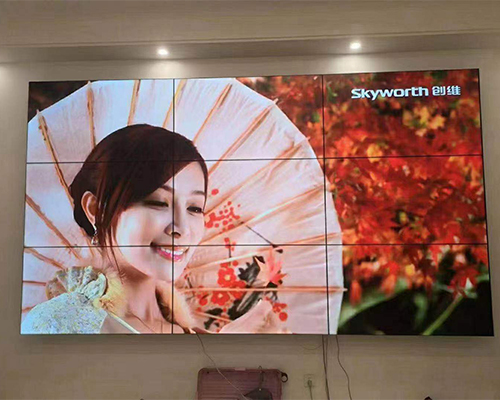Precautions for splicing screen installation
Precautions For Splicing Screen Installation
Things to pay attention to when installing video wall include site selection and environment, brackets and structures, power and signal connections, alignment and calibration, heat dissipation and ventilation, protection and safety, remote control and control systems, testing and maintenance.
Site selection and environment: Make sure the selected location is suitable for installing the LCD splicing screen, including sufficient space, power and signal connection points. Consider environmental factors such as light, temperature, humidity and airflow to ensure that the splicing screen works in a suitable environment to prevent overheating or damage.
Brackets and structures: Use high-quality bracket structures to ensure alignment and flatness between screen modules. The bracket must be strong enough to withstand the weight of the LCD splicing screen. Follow the bracket installation guide provided by the manufacturer and ensure that the bracket is horizontally and vertically aligned.
Power and signal connection: Make sure there are enough power sockets for all screen modules and that the power lines can meet the power requirements. Connect the signal cables carefully to ensure that they are firmly connected to each screen module, and use signal amplifiers as needed to enhance the signal quality.
Alignment and calibration: Perform alignment and calibration of the LCD splicing screen to ensure that the image is seamless between each screen module. This includes calibrating brightness, contrast, color and resolution. Use professional calibration tools and software for precise calibration, or rely on the calibration guide provided by the manufacturer.
Heat dissipation and ventilation: The LCD splicing screen will generate heat when it is running. Make sure there are adequate heat dissipation measures, such as fans or heat sinks, to prevent overheating. Provide good ventilation and ensure air flow to maintain appropriate temperature and humidity.
Protection and safety: Install a transparent or translucent housing or protective cover to prevent physical damage and touching the screen. Make sure all cables and lines are installed safely to prevent tripping and damage.
Remote control and control system: Configure a remote control and control system to enable convenient operation of the LCD splicing screen, including switching, input signal source switching, volume adjustment, etc.
Testing and maintenance: After completing the installation, conduct a comprehensive test to ensure that all screen modules are working properly and the image is trouble-free. Establish a regular maintenance plan to ensure the long-term and stable operation of the LCD splicing screen.

